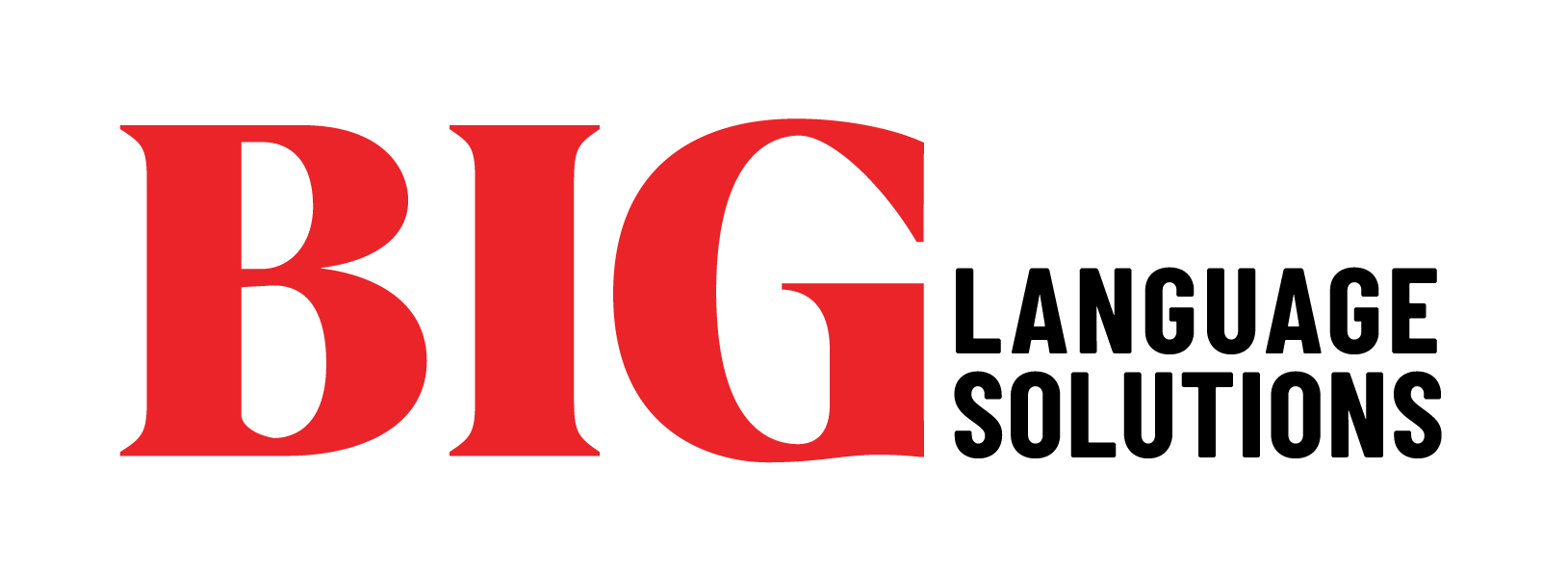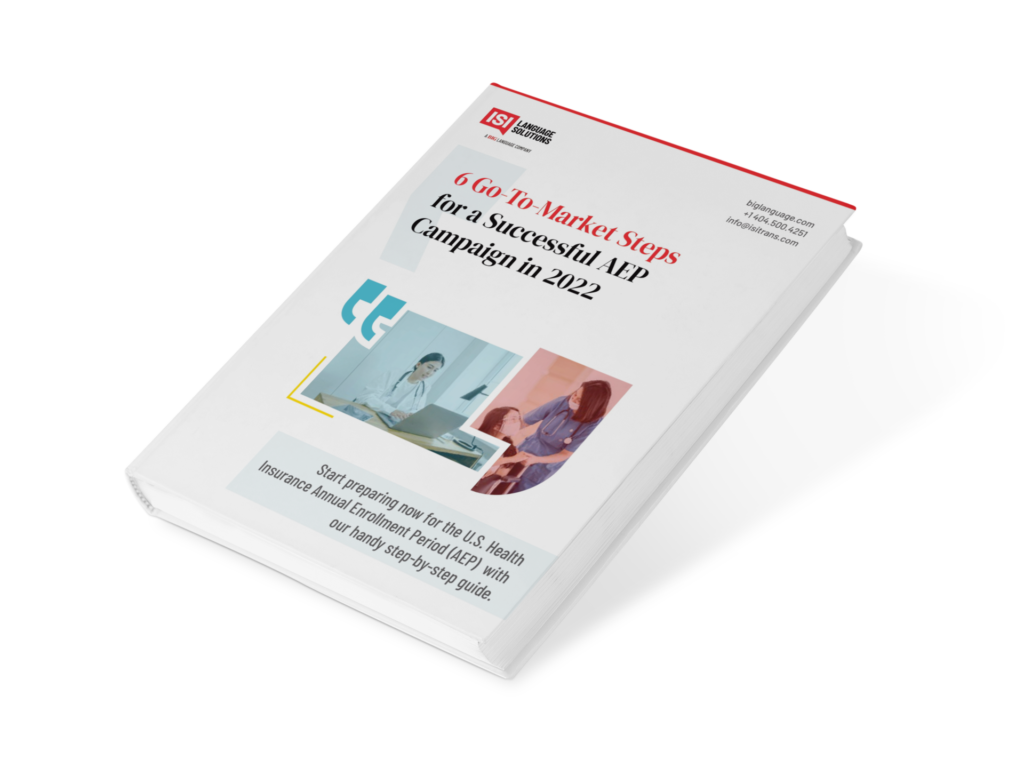When you’ve worked hard to build your reputation, the last thing you need is for your translation service provider to let you down. Without a full understanding of what makes a good translation, selecting your provider can quite literally be a gamble – especially with any extra costs associated with delays to submissions. To take the risk out of regulatory translations, we’d like to share the most important factors in ensuring you get a good translation.
First things first – the highest-quality translations for submission to the EMA will always come from a highly qualified, experienced translator with relevant medical and scientific knowledge. If you find yourself looking to cut costs by sourcing less experienced translators who don’t specialize in translating for the medical/pharmaceutical industry, think twice. Inaccurate and inconsistent translations will cost you far more in the long run. Any rejection of a translated PI at the last hurdle of your MA application not only reflects poorly on your reputation but there is also the risk to patient safety to consider, should any errors slip through unnoticed. A specialist provider understands the serious implications of any errors or ambiguities, so you can have peace of mind knowing there will be a thorough and extensive quality control process in place.
Secondly, the best translations will come from providers with extensive experience in regulatory processes. All professionals involved in the translation process should have an excellent knowledge of the regulatory framework, documents, and procedures. An in-depth understanding of your job means that your provider has a clear and supportive grasp of your needs and expectations, for example knowing when and how to use key terminology. They should demonstrate a sound knowledge of the appropriate terminology and regulatory standard text and an awareness of the regulatory timetable and implications of out-of-scope changes to product information during variations or last-minute requests in the 5-day window.
As well as understanding the medical, scientific and regulatory standards and expectations, it is essential for your provider to have linguistic competence in both source and target languages. It really pays to check that your translators are required to translate into their mother tongue only. Translations provided by non-native speakers of the target language are likely to sound stilted, wooden, and non-idiomatic, no matter how competent the linguist is. Note that the ISO translation standard 17100 imposes no requirement of using native speakers of the target language, so do check with your language service provider.
No matter how well your linguists rank on linguistic competency and knowledge of the subject matter, let’s not forget that accuracy is of the essence. This includes a faithful translation of the approved core text and a consistent style that adheres to the conventions and expectations of the relevant regulatory bodies. Make sure your translation provider has robust and meaningful quality-control measures in place that aren’t relying purely on mechanical tools.
You may think it is fair to assume that all translations are fed into a machine these days, but in fact, it is only careful (not universal) use of translation software that can guarantee quality and consistency, when overseen by human professionals with skill and experience in their subject matter.
Finding a service you can truly rely on will give you peace of mind for your submissions (let’s face it, they are stressful enough), making it easy to convince your procurement department of the worthwhile investment.








